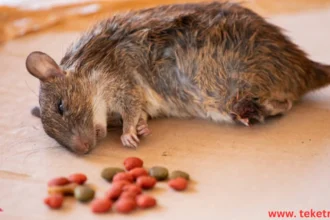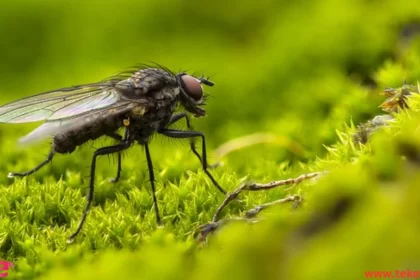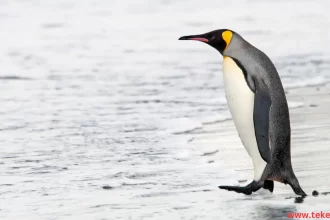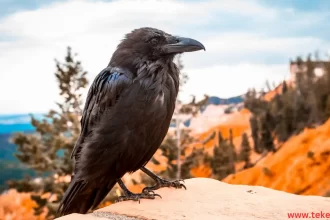Snakes are considered one of the most harmful animals. In this article, we discuss the snake’s structure, habits, lifestyle, and how dangerous they are to humans.
In this article in TekeTrek Website, we will introduce you to the most important information related to this object. Follow along with us.

10 interesting facts about snakes
- Snakes are limbless reptiles with elongated bodies and tails, classified under the order Squamata. They lack movable eyelids, instead having a thin membrane attached to each eye for protection, known as “brille.” They also lack external ear openings.
- Regarding their internal body structure, snakes do not have a urinary bladder. They have elongated visceral organs, with the left organ being reduced compared to the right one. The left lung is significantly reduced or even completely absent, and snakes have an increased number of vertebrae.
- They have developed two types of vertebrate innovations: a tracheal lung in the neck area and a venom delivery system to subdue prey.
- All snakes are covered with scales, which serve several purposes: They retain moisture in arid climates and reduce friction as the snake moves. However, some species are scaleless, but they have scales on their bellies.
- They have a very large family: There are 3,789 species of snakes, making them the second-largest group of reptiles after lizards, divided into 30 different families, with about 140 of them inhabiting Australia.
- “Solar-powered”: They rely entirely on external sources of heat or light, meaning their body temperature is variable and regulated by external sources.
- Not all snakes lay eggs: 70% of snakes lay eggs, and some, especially those living in cold climates, give live birth because the eggs would not survive outside.
Types of Snakes
There are more than 3,000 species of Snakes of the world distributed everywhere except Antarctica, Iceland, Ireland, Greenland, and New Zealand. Of these, 600 species are poisonous, and 200 species (7%) are harmful or even fatal to humans..
Non-Venomous Snakes
Non-venomous snakes dispatch their victims by either swallowing them alive or constriction until death. While they don’t kill through venomous bites or stings, almost all snakes consume their prey whole, sometimes in astonishingly large quantities.
Venomous Snakes
The term “venomous” applies to living organisms that release toxins when consumed by another organism. In reality, very few snakes are truly venomous. One of the most common venomous snakes, although not harmful, is the garter snake (Thamnophis), found in North America. Its body has the ability to absorb and store toxins from water-dwelling newts, salamanders, and other toxic prey it consumes.
Sea Snakes
Around 70 species of sea snakes inhabit the Indian and Pacific Oceans. While sea snakes are among the most venomous snakes, they pose little threat to humans. They are shy, gentle, and have very short fangs, causing minimal harm.
Snake Lifestyles
- Most snakes spend a significant amount of time at rest. Their primary activities involve either thermoregulation or locating live prey, often through passive waiting rather than active searching. Thermoregulation challenges vary based on latitude and altitude.
- Behavior and reactions of snakes differ between temperate North America and those living in lowland tropical regions of the Americas. Similarly, snakes in higher elevations of the Andes in Ecuador exhibit distinct behaviors.
- Regardless of their habitat, snakes face pressures from both living and non-living environmental factors. The degree of challenge varies dramatically based on the region they inhabit. For instance, tropical and humid regions in Africa present constant temperatures close to the optimal level throughout the year, abundant rainfall, and surrounding ecosystems. These environmental challenges are primarily biological, such as competition for food within their own species.
- Other snake species or vertebrates face challenges related to environmental ownership and continuous pressure from predatory animals that view them as delectable prey.
Snake Habits
- Snakes shed their skin approximately once a month through a process called ecdysis. This allows room for growth and helps them rid themselves of parasites.
- “They rub themselves against a tree branch or any other object, then they slide their skin off from their headfirst, leaving it discarded from the inside out.
- Most snakes lay eggs, but some, like sea snakes, give birth to live young. A few snakes species care for their eggs, apart from the ones that incubate their eggs.
- In addition, you can be seen Snakes in zoo.
How do snakes catch prey?
Snakes have forked tongues, which they move in various directions to smell their surroundings, allowing them to know when danger or food is nearby.
Snakes have several other ways to detect their next meal:
- Through the openings or pits located in front of their eyes. They sense the heat emitted by warm-blooded prey.
- They also pick up vibrations from bones in their lower jaw caused by rodents and other fleeing animals.
- When a snake captures its prey, it can eat animals up to three times the width of its head because its lower jaw can separate from the upper jaw.
- Once the prey enters the snake’s mouth, it is secured in place by teeth pointing inward, effectively trapping the prey.
Most snakes are harmless in most circumstances, but people often fear or dislike them. So, what’s the story between snakes and humans?
Snakes and Humans
- Snakes can control the amount of venom they inject and may bite forcefully to obtain food or defensively for protection. They have a limited supply of venom available at any given time and don’t want to waste it on non-prey items. As a result, approximately 40% of snakebites experienced by humans are of a defensive and “dry” nature (without venom).
- Statistics also indicate that the vast majority of snakebites occur when attempting to handle captive snakes or interacting with wild snakes, or when trying to kill them. In both cases, the snake is only defending itself.
- For example, rattlesnakes are venomous, and the larger ones can be extremely dangerous due to the amount of venom they can inject. However, most of them are shy and reclusive. None of them attack a person without provocation. When someone approaches them or tries to harass them, they coil up and emit warning sounds, striking only as a last resort.”
- As most snake attacks depend on someone encroaching upon the snake’s territory, the snake often feels cornered or provoked during its breeding season. However, even in such cases, there are only two snake species that have a reputation as serious aggressors: the **Black Mamba (Dendroaspis polylepis) in Africa and the King Cobra (Ophiophagus hannah) in Southeast Asia.
- In summary, snakes are often misunderstood, and their reputation suffers due to ignorance about their true nature and role in the natural world. While all snakes are predators, the venomous ones have given the entire group an inaccurate reputation. In reality, only a small percentage of snakes (less than 300 species) are venomous, and only half of those are capable of delivering a lethal bite.
Human Deaths and Snakes
- Worldwide, snakebite-related deaths are estimated to be around 80,000 to 140,000 people annually. The majority of these fatalities occur in Southeast Asia due to inadequate medical treatment, poor victim nutrition, and the prevalence of venomous species. Despite approximately 8,000 snakebites by venomous snakes annually in the United States, the average annual death toll is less than 10 or thereabouts, primarily due to bee stings. Interestingly, in Mexico, deaths from bee stings outnumber snakebite fatalities by a factor of.
- Unfortunately, snakes continue to be widely misunderstood by many people.

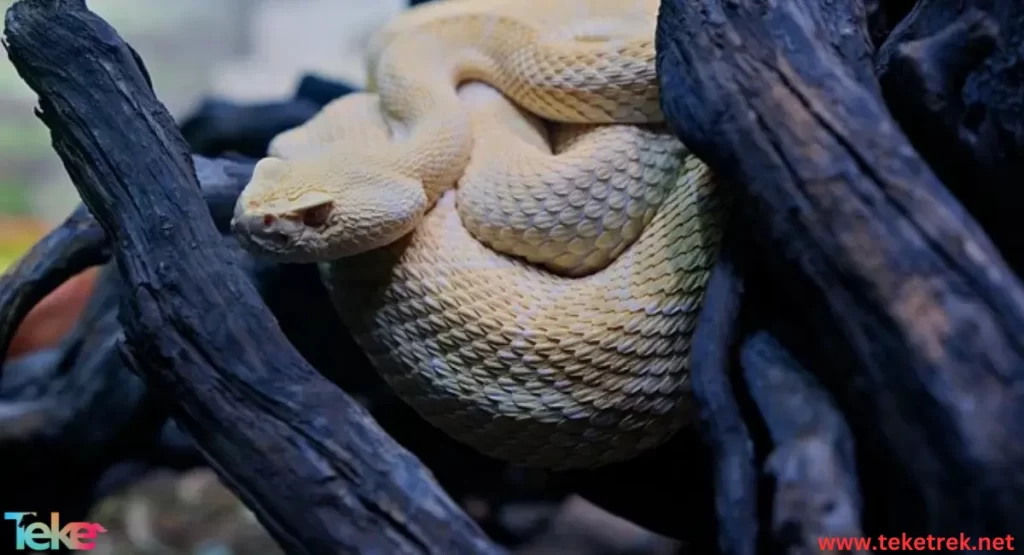
The most frequently asked questions about snakes
- How much can a snake eat?
Smaller or younger snakes usually eat twice each week, while larger, more mature snakes typically eat once every week or two.
- How does a snake move?
The snake moves by crawling.
- Does the snake hear from its tongue?
No, they stick out their tongues to pick up scent molecules in the air and bring them back to their brains.
In conclusion, it’s worth noting that approximately a hundred snake species are threatened with extinction due to habitat loss resulting from development.”


